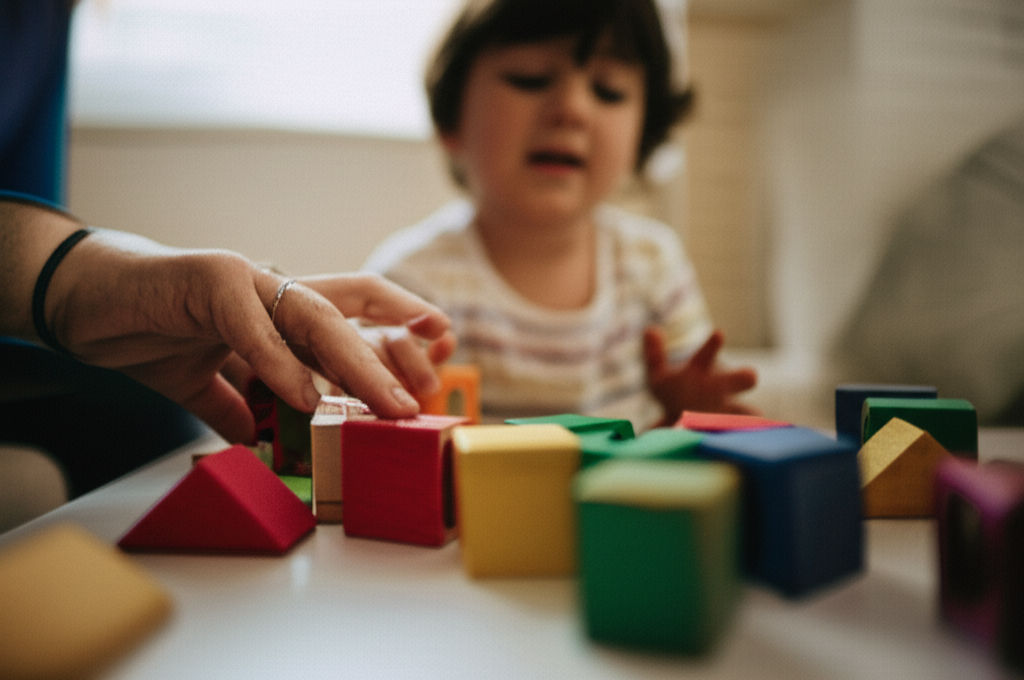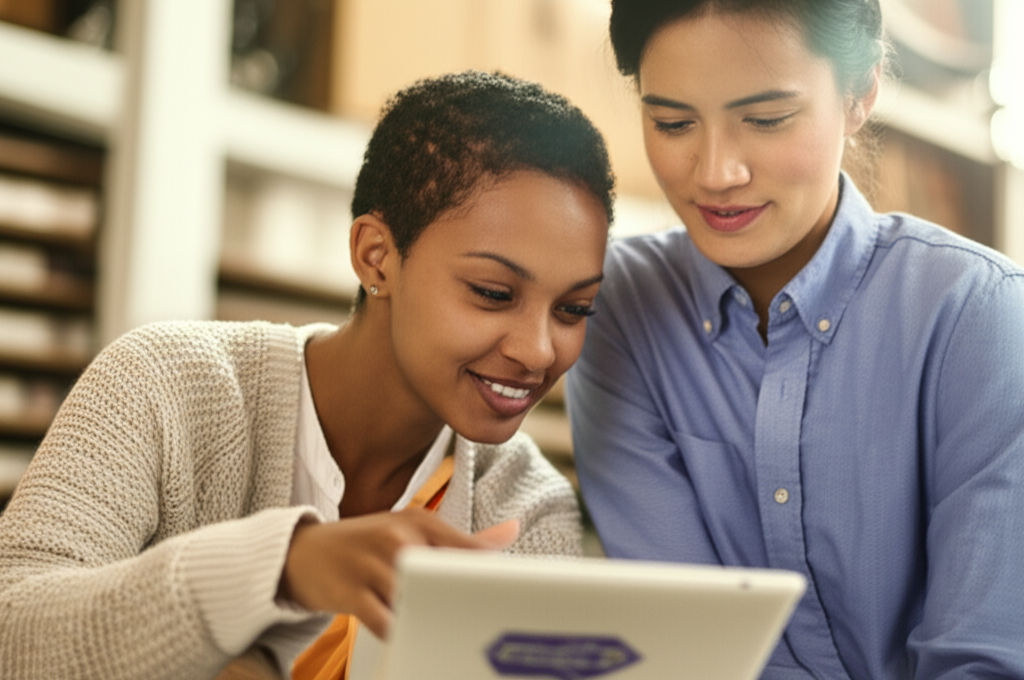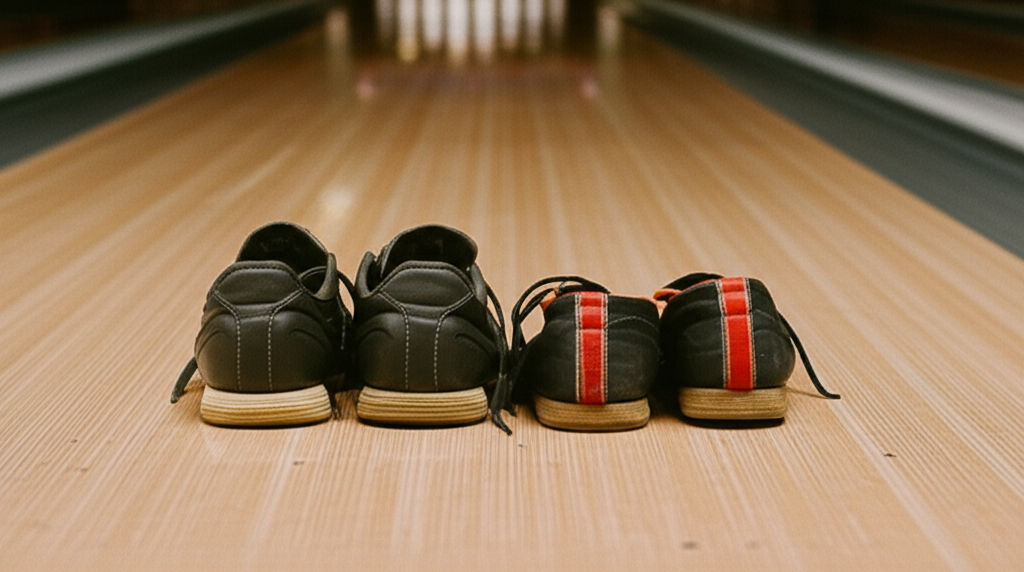What Para Educators Really Do
Ikhsan Rizki
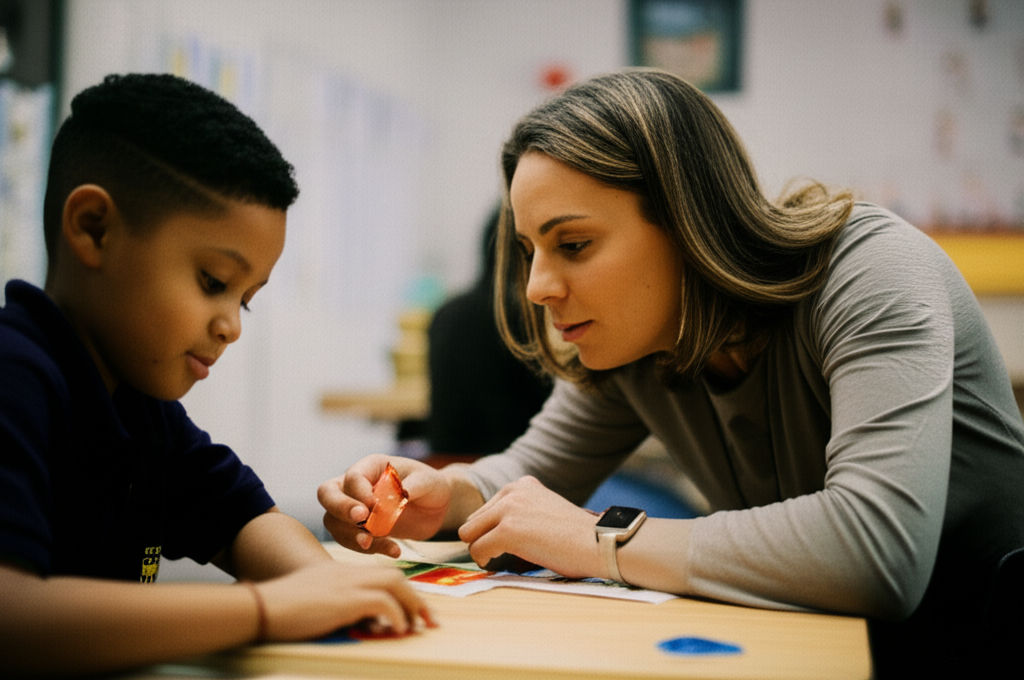
Photo: Uncover the true impact of paraeducators! Beyond "aides," they're vital professionals transforming classrooms and empowering student success.
Beyond the "Aide": What Paraeducators Really Do to Transform Classrooms
Have you ever wondered about the unsung heroes in our schools, the dedicated professionals who work tirelessly alongside teachers to support student success? While often referred to by various names like teacher's aides, instructional assistants, or paraprofessionals, their official title, paraeducator, truly encapsulates the depth and breadth of their vital contributions. But what do paraeducators really do? It's a question many ask, and the answer reveals a multifaceted role essential to the modern educational landscape.
This article will pull back the curtain on the diverse responsibilities of paraeducators, highlighting their profound impact on students, teachers, and the entire school community. By the end, you'll have a clear understanding of why these professionals are indispensable in fostering inclusive and effective learning environments.
The Heart of the Classroom: Defining the Paraeducator Role
A paraeducator is a trained educational worker who provides specialized or concentrated assistance to students in elementary and secondary schools, working under the supervision of a certified or licensed teacher. They are often thought of as an "extra pair of eyes and hands" in the classroom, helping to maintain a calm teaching atmosphere and improve the experience for all students. While the term "paraprofessional" is an umbrella term for trained aides in various fields, "paraeducator" specifically refers to those in a school setting. Other common titles include instructional aide, teaching assistant, classroom assistant, and even "para."
Their role has significantly evolved from merely performing clerical tasks; today, paraeducators actively participate in all aspects of the instructional process and the delivery of related services. They are crucial to inclusive classrooms, providing hands-on support and lightening the load on licensed educators.
Core Responsibilities: The Many Hats a Paraeducator Wears
Paraeducator duties and responsibilities vary widely depending on the specific needs of the classroom, the teacher, or the students they support. However, most of their tasks fall into key categories that directly impact student learning and well-being.
Direct Student Support: Nurturing Growth and Learning
A primary function of paraeducators is to help the students under their care thrive. They provide more individualized attention to students who require extra support, including those with disabilities, limited English proficiency, or behavioral issues.
- Academic Assistance: Paraeducators often reinforce lessons, provide one-on-one tutoring, or work with small groups of students who need extra help understanding concepts. This can involve helping with assignments, ensuring students stay on task, and providing direct instruction or review. They help students access curricula and can assist in tailoring instruction to meet unique needs, leading to academic success.
- Behavioral Support: Addressing challenging behaviors is a significant part of a paraeducator's role. They assist teachers in implementing intervention plans, using positive reinforcement strategies to help manage and improve student behavior, and promoting a positive, inclusive classroom climate. They help students learn appropriate behavior and cope with emotional challenges.
- Social-Emotional Development: Paraeducators assist students in developing social interactions with peers, teaching appropriate social behaviors, and helping them navigate social situations. They can also help students develop needed social skills and become more social and independent.
- Physical and Health Needs: For students with physical disabilities or health needs, paraeducators can provide crucial support. This may include assisting with self-care, communication, mobility, adaptive devices, or even implementing individualized health plans in coordination with the school nurse.
Teacher Collaboration: A Seamless Partnership
Paraeducators are essential members of the educational team and typically work alongside licensed teachers, often forming a cohesive team to support students.
- Instructional Planning & Preparation: They assist teachers with instructional planning and classroom management. This can involve preparing and organizing classroom materials, visual aids, technology, and equipment to ensure an effective learning environment.
- Classroom Management: Paraeducators help maintain order in the classroom, assist in transitions, and provide reminders for students to stay on task, allowing teachers to manage classrooms more efficiently.
- Data Collection and Feedback: They monitor student progress and behavior, collecting data that is critical for teachers to make informed decisions and plans. This objective information helps teachers plan lessons and modify curriculum content.
Individualized Education Program (IEP) Implementation
A significant portion of a paraeducator's work, particularly in special education, involves implementing Individualized Education Programs (IEPs) and Individual Family Service Plans (IFSPs). If an IEP team determines that a student needs a paraeducator, the specific tasks they will support are defined within that plan. They help ensure that accommodations outlined in the IEP are being met. This can include adapting instruction, providing specialized support to students with disabilities, and promoting inclusion.
Beyond the Classroom: Broader School Support
Paraeducators' contributions extend beyond the four walls of a classroom. They often supervise students during non-classroom activities like lunch, recess, or on field trips. Some may even assist with administrative tasks such as taking attendance, tracking learning statistics, or helping with organizing and collating learning materials. In diverse school communities, paraeducators may act as translators, conducting parental involvement activities and facilitating communication with families.
The Impact: Why Paraeducators Are Indispensable
The presence of skilled paraeducators significantly benefits school systems. They provide a level of individualized attention and focus that a classroom teacher, with many other demands, cannot always offer. They are essential for creating inclusive learning environments where every student feels seen and supported, especially those with diverse learning needs. By offloading certain tasks, paraeducators empower teachers to focus on their core responsibilities, ultimately enhancing classroom productivity and strengthening instruction.
Frequently Asked Questions About Paraeducators
Q1: What qualifications do you need to become a paraeducator?
A paraeducator typically needs at least a high school diploma or GED. Many states and districts also require completing two years of college coursework (60 credits) or an associate's degree, or passing a state or local assessment test. Some positions may prefer a bachelor's degree. Additionally, strong communication, interpersonal, and organizational skills are crucial.
Q2: What is the difference between a paraeducator and a teacher?
While both are vital to student success, the main difference lies in their primary responsibilities and qualifications. Teachers are licensed professionals who hold the primary responsibility for creating lesson plans, leading classroom instruction, and overall classroom management. Paraeducators, on the other hand, work under the direct supervision of a certified teacher, providing instructional support, assisting with classroom management, and offering individualized help to students. Teachers generally require a bachelor's degree and state licensure, while paraeducator requirements are typically less extensive.
Q3: Do paraeducators work only with special education students?
No. While many paraeducators are assigned to work with special education students and play a crucial role in implementing IEPs, they also provide support in general education classrooms. They can assist any student who needs extra help, including those with learning difficulties, behavioral challenges, or English language learning needs. Some paraeducators are assigned to a specific classroom to support all students, while others might provide one-on-one support for a particular student.
Q4: Can a paraeducator become a teacher?
Yes, the paraeducator role can serve as a stepping stone to a teaching career. Many individuals pursue further education, such as a bachelor's degree in education, and obtain the necessary teaching licensure to become certified teachers. The experience gained as a paraeducator provides invaluable practical knowledge and a solid foundation for a career in teaching.
Conclusion: Celebrating Our Educational Pillars
Paraeducators are far more than just "aides"; they are integral members of the educational team, providing essential instructional, behavioral, and social-emotional support that directly impacts student achievement and well-being. Their dedication ensures that every student, regardless of their needs, has the opportunity to learn, grow, and thrive in a supportive environment. They bridge gaps, empower teachers, and enrich the lives of countless students every day.
The next time you hear about a paraeducator, remember the profound and diverse work they do. Do you have an experience with a paraeducator that made a difference? Share your thoughts in the comments below!
Business
View All
November 25, 2025
Pros and Cons of Leasing Business SpaceConsidering leasing business space? Discover the advantages & disadvantages of renting commercial property to align with your business goals.
Ikhsan Rizki

September 23, 2025
Business Casual Dresses You’ll LoveUnlock effortless office style! Discover how business casual dresses can be your secret weapon for comfort, style, and professionalism at work.
Ikhsan Rizki

September 8, 2025
Use NE Business Search the Right WayUnlock Nebraska's official business data! Master the free NE Business Search tool for name availability, due diligence, and competitor analysis.
Ikhsan Rizki

September 18, 2025
How to Use the BECU Business LoginMaster BECU Business Login for seamless financial management. Learn how to access powerful online banking tools & features for your company.
Ikhsan Rizki

November 19, 2025
District of Columbia Business Search GuideMaster DC business searches! Our guide shows how to use CorpOnline for due diligence, name checks, and consumer protection in Washington D.C.
Ikhsan Rizki

October 24, 2025
Philippine Airlines Business ClassIs Philippine Airlines Business Class worth it? Our comprehensive guide details PAL's premium experience, from priority services to lounge access, helping you d...
Ikhsan Rizki
Economy
View AllUncover the Middle Colonies' economic secrets! Learn how their rich soil, diverse crops, and bustling trade made them colonial America's "Breadbasket."
Ikhsan Rizki
Economy lube: Is it a smart save or a hidden cost? Learn the truth about budget car maintenance to protect your wallet and your ride.
Ikhsan Rizki
Discover the critical flaws of command economies. Learn how central planning breeds inefficiency, stifles innovation, and limits individual freedom.
Ikhsan Rizki
How did Trump's tariffs reshape the US economy? Explore their real impact on prices, jobs, industries, and global trade.
Ikhsan Rizki
Demystify Economy 2.0! Explore the digital transformation, AI, and interconnectedness driving the future of our global economy.
Ikhsan Rizki
Considering a budget stay in Memphis? Discover if Economy Hotel Memphis is worth it! This guide explores its amenities, location, and what to expect.
Ikhsan Rizki
Education
View AllConsidering a career as an SLP? This guide breaks down the Speech-Language Pathologist education path, from degrees to certification, for a rewarding future.
Read MoreUnlock real-world financial expertise with Bloomberg for Education. Gain practical skills using the Bloomberg Terminal & prepare for a successful career.
Read MoreDream of becoming a child doctor? This roadmap outlines every step of the pediatrician education requirements, from undergrad to board certification.
Read MoreIllinois educators, find your ideal financial partner! Discover how IECU offers tailored services, better rates, and true support for your unique needs.
Read MoreOTs: Elevate your practice! Discover how continuing education boosts skills, advances careers, and enhances patient outcomes. More than just CEUs.
Read MoreEmpower your breastfeeding journey! Explore top lactation education resources, including online courses & books, for confident and successful feeding.
Read MoreHealth
View All
October 15, 2025
Is Crest Pro Health Worth ItIs Crest Pro-Health worth it? Explore its 8 advanced benefits for comprehensive oral care & decide if it's right for your smile.
Ikhsan Rizki

August 31, 2025
Community Health Worker Job TipsAspiring Community Health Worker? Discover essential tips to land your dream CHW job, understand the role, and make a real difference in communities.
Ikhsan Rizki

November 14, 2025
Home Health Jobs You’ll LoveDiscover rewarding home health jobs! Enjoy flexibility, personalized care, and great job security in a booming field. Make a real difference.
Ikhsan Rizki

September 10, 2025
UMB Health Savings Account GuideUnlock your health & wealth with a UMB HSA! Our guide covers basics, advanced strategies, and tax benefits to manage costs & save for the future.
Ikhsan Rizki

November 7, 2025
Prince Charles and Health InsightsDiscover King Charles III's unique health philosophy: integrated care, natural remedies, and organic living. Learn from his holistic approach.
Ikhsan Rizki

November 5, 2025
One Brooklyn Health System UpdateOne Brooklyn Health System updates: Learn how OBHS is enhancing care, facilities, and technology to improve health and wellness for Brooklyn residents.
Ikhsan Rizki
Popular Articles
View All
1
2
3
4
5
6
7
8
9
10
Lifestyle
View All
October 17, 2025
Fast Ways to Get Sims Lifestyle Points
Get free Sims FreePlay Lifestyle Points fast! Master the cooking hobby hack and other quick methods to boost your game and live your best virtual life.

August 31, 2025
Kasi Lifestyle 3D Breakdown
Discover the vibrant Kasi Lifestyle! Unpack South Africa's unique township culture, community spirit, and economic ingenuity in this 3D breakdown.

October 21, 2025
Why Choose Lifestyle Barber Studio
Elevate your grooming at Lifestyle Barber Studio. Experience personalized service, expert barbers, and a unique, relaxing atmosphere for your perfect look.

November 17, 2025
Top Lifestyles Rich and Famous Episodes
Relive the "champagne wishes & caviar dreams"! Explore the top episodes of Lifestyles of the Rich and Famous that defined an era of luxury.

October 6, 2025
Avalon Nail Salon Lifestyle Guide
Explore Avalon Nail Salon services, what to look for in a great salon, health benefits of nail care, and essential home tips.

September 10, 2025
Must Haves From the Miniverse Lifestyle Home
Uncover Miniverse Lifestyle Home's must-have miniatures. Transform your space with unique, charming, and collectible tiny decor.

August 7, 2025
Rich Homie Quan lifestyle lyrics
Decode Rich Homie Quan's "lifestyle" lyrics. Unpack themes of rags-to-riches, wealth, loyalty, and street life in his impactful music.

August 13, 2025
Exploring Modern Vampire Lifestyle
Beyond fiction: Explore the modern vampire lifestyle as a real subculture. Discover its identity, aesthetic, and nocturnal allure, dispelling myths.
Sports





Travel
View All
October 21, 2025
How Far a Bullet Can Travel
Demystify bullet travel! Learn the real distances, key factors, and science behind how far a bullet can truly go. Essential for safety & knowledge.

September 17, 2025
Joes Travel Plaza Stop and Eat
Tired of bad road stops on I-5? Joes Travel Plaza in CA is your ultimate oasis! Enjoy diverse dining, essential amenities & comfort for weary travelers.

October 18, 2025
Travel Consent Form for Minors PDF
Traveling with kids? Learn why a Travel Consent Form for Minors PDF is crucial for safe, hassle-free journeys when children travel without both parents.
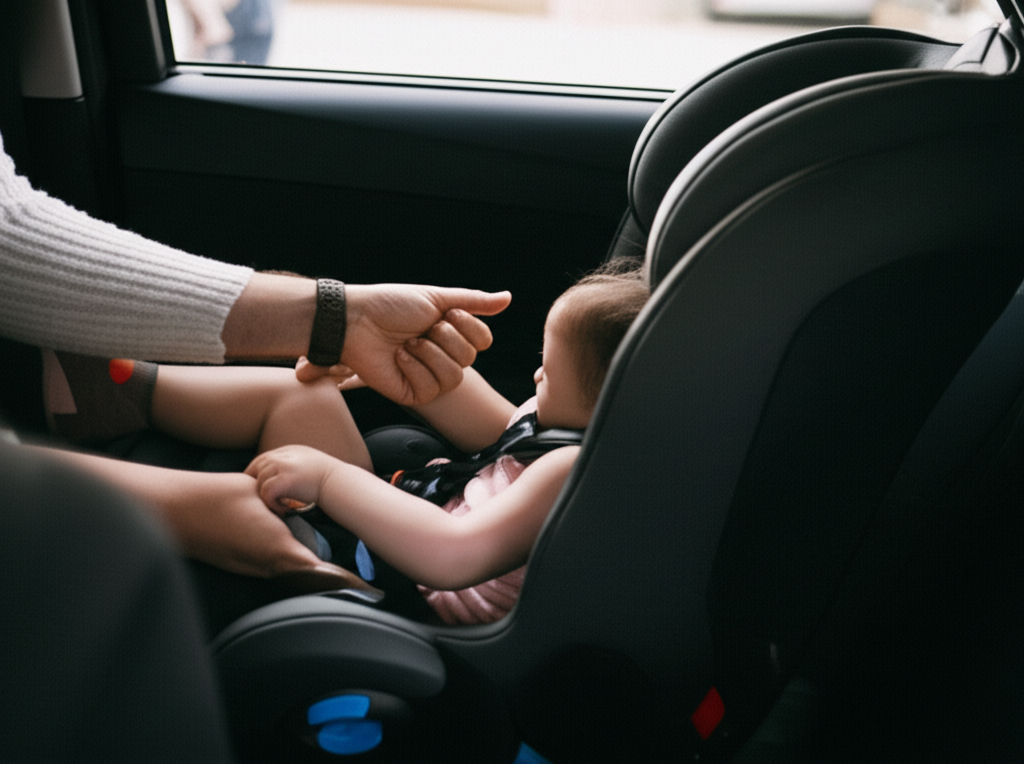
August 7, 2025
How to Choose the Best Travel Car Seat
Ditch bulky car seats! Find the best lightweight, portable travel car seat for safe, stress-free family adventures. Your ultimate guide.

October 24, 2025
Fairburn Family Travel Center Road Trip Stop
Fairburn Family Travel Center: Your ultimate road trip oasis! Refuel, refresh, and recharge with unmatched comfort & amenities for the whole family.

October 27, 2025
Luxury Travel Magazine for Dreamers
Ignite your wanderlust with a luxury travel magazine. Discover curated experiences, hidden gems & sophisticated escapes for dreamers.






